Mystery of the Mary Celeste Ghost Ship Crew Disappearance
Theories On What Happened

Sailing unmanned in the waters of the Atlantic Ocean, about 650 km east of the Azores, the Mary Celeste ghost ship is found on December 4, 1872. There is no sign of life on board and some of its sails are still hoisted. Three weeks earlier, with a cargo of 1 700 barrels of raw alcohol to be used for the production of wine, the 30-meter long boat had set sail for Genoa, Italy. 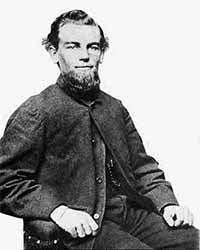 The vessel carried ten travelers; seven experienced sailors all considered as old sea-dogs, Captain Benjamin Briggs, his wife and their little daughter, a two-year-old toddler. This lugubrious story, told many times, is one of the greatest maritime mysteries of all time and still to this day, we are totally clueless of what happened to the Mary Celeste crew members.
The vessel carried ten travelers; seven experienced sailors all considered as old sea-dogs, Captain Benjamin Briggs, his wife and their little daughter, a two-year-old toddler. This lugubrious story, told many times, is one of the greatest maritime mysteries of all time and still to this day, we are totally clueless of what happened to the Mary Celeste crew members.
In his 1884 novel baptized J. Habakuk Jephson's Deposition, writer Sir Arthur Conan Doyle took over the case by modifying many details, including the name of the ship which he freely renamed. In particular, he describes how half-eaten meals were found, that cigar smoke floated in the air, that the rescue boats were still on board the schooner, but that the people had simply vanished. 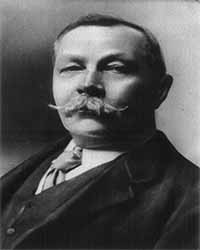 This fiction, even if it departs somewhat from reality, arouses the imagination of the reader and raises a number of hypotheses about what really happened aboard the Mary Celeste ship. Several individuals attempted to explain the event using clues and testimonials from those who found the ship in the Strait of Gibraltar. At the other extreme, some do not hesitate a second to blame the presence of extraterrestrials on the east coast of the Atlantic. The theories are abundant; it would be sea monsters, pirates, underwater earthquakes and even the Bermuda triangle which is located at the other end of the ocean. However, it is impossible to confirm or refute each of these hypotheses and they are therefore all plausible.
This fiction, even if it departs somewhat from reality, arouses the imagination of the reader and raises a number of hypotheses about what really happened aboard the Mary Celeste ship. Several individuals attempted to explain the event using clues and testimonials from those who found the ship in the Strait of Gibraltar. At the other extreme, some do not hesitate a second to blame the presence of extraterrestrials on the east coast of the Atlantic. The theories are abundant; it would be sea monsters, pirates, underwater earthquakes and even the Bermuda triangle which is located at the other end of the ocean. However, it is impossible to confirm or refute each of these hypotheses and they are therefore all plausible.
True story of the Mary Celeste
It was in 1860, in Nova Scotia, Canada, that the Mary Celeste ship was initially built and named Amazon. Following a few accidents and the death by pneumonia of one of the captains, the boat is renamed the Mary Celeste. A few years later, the boat is sold to a group of businessmen from the New York area who want to use it to trade wine. After acquiring it, they rearranged the ship with an additional bridge to accommodate the barrels of alcohol. These changes do not seem to have bothered Captain Briggs, who nevertheless decided to take off with his family. During the 1880s, wooden hull ships such as Mary Celeste quickly gave way to boats with a steel hull. This probably explains why, in order to save money, the Mary Celeste ship had only one small canoe as a survival raft.
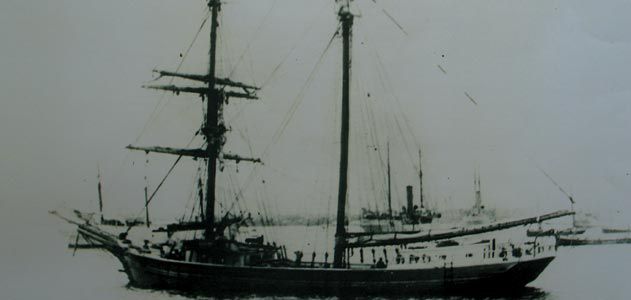
Another surprising fact, it seems that the captain only took with him one chronometer although it is essential to have the exact time to establish the position in latitude of the ship. Smart sailors usually bring several timers in case one of them does not work properly. Captain Briggs, for having sailed many times in the stormy waters of the Atlantic Ocean, knew that the month of November is particularly at risk for shipwrecks. The Mary Celeste logbook also indicates that he had chosen a course that allowed him to avoid the worst weather. It is possible that a faulty chronometer made him doubt his position. According to the latest logbook entry, the commander ordered the ship to leave on the morning of November 25th. The day before, he had strangely decided to change course to go north of Santa Maria, the southernmost island of the Azores. The exact reason is not known. It was only ten days later that a group of Dei Gratia sailors spotted the Mary Celeste ghost ship drifting freely east of the Azores. The guardrail was removed from one side of the bridge and the survival boat was no longer there. Some sails were torn and others were upwind. A long rope was hanging behind the boat and the rig was in a state of disrepair.
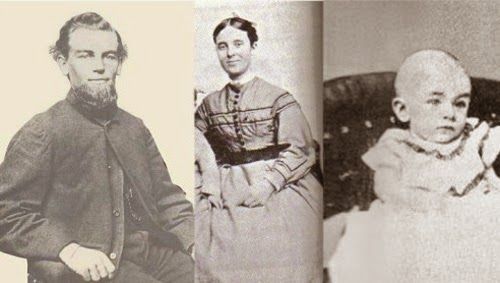
While boarding the Mary Celeste ghost ship, the sailors of Dei Gratia found that one of the two bilge pumps had been dismantled. As water continuously seeps into the holds of wooden vessels, it must be pumped regularly to maintain the seaworthiness of the vessel. Pumps are therefore essential for the proper functioning of this type of vessel. The sampling probe, however, indicates a negligible amount of water in the hold. Everything seems to have been hastily abandoned except for the stopwatch, the sextant and the navigational instruments. At first glance it seems that the sailboat, still able to navigate, was suddenly left after an inexplicable event. The sailors who found it had no trouble bringing it back to Gibraltar to claim the salvage rights.
An elaborate fraud
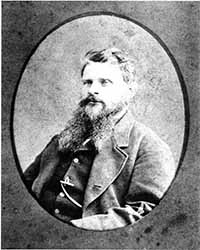
The state of the scene initially suggests a crime and it is in this direction that the preliminary investigation in Gibraltar is directed. The captain of the Dei Gratia and Mary Celeste ships were good friends and the investigators suspect that they may have developed a story to defraud insurance. It was common at the time of the wooden hull ships and it is also the fate that the Mary Celeste knew in 1885 when it is voluntarily stranded on a reef off Haiti. However, there are several arguments against this theory. First of all the members of both crews have a past without spots. Also, it seems unlikely that Captain Briggs would have risked his family's life if he had known in advance that he would have to abandon the ship in the middle of the ocean. The insurers accused the Dei Gratia crew of liquidating everyone aboard the Mary Celeste and dumping the bodies in high seas in order to claim salvage rights. No traces of violence has been detected aboard the Mary Celeste ghost ship, which excludes from the outset a mutiny. Several rumors, which turned out to be false, circulated that a blood-soaked sword was found in Captain Briggs' cabin. The investigators finally gave the benefit of the doubt to the Dei Gratia crew and they were paid the salvage rights up to a sixth of their value.
Fire on board
On the way to Genoa, they realized that some barrels of alcohol were empty when they wanted to unload them. However, it turns out that the empty barrels were made of American red oak, a wood that is more porous than the white oak usually used, which would have allowed the barrels to empty themselves during the journey. It may be that by opening the hatches of the hold, the captain smelled the alcohol fumes and, in a moment of panic, ordered everyone aboard to get in the liferaft believing that the boat could explode at any time. Following this hypothesis, the captain could have tied the survival boat to the Mary Celeste ship while waiting for the alcohol to evaporate. The rope would then break under the effect of a strong wind sending the crew of the Mary Celeste adrift. The main hold of the ship has however been found closed which tends to invalidate this hypothesis. Only two small hatches were open and these do not lead directly to the hold. If the captain had wanted to wait for the alcohol to evaporate, the sailors of Dei Gratia would have necessarily found the main hold open.
Too much water in the hold
A third hypothesis assumes that the captain could have misread the sampling probes and falsely believe that the vessel was filled with water. With only one functional pump, he could have come to the conclusion that they were sinking. The Mary Celeste ship previously carried loads of coal and it is not impossible that debris and dust accumulated in the holds to the point where pumps became clogged. With a bad reading and no means to pump the excess water, the captain could have decided to embark his family aboard the survival raft and head for Santa Maria which was nearby according to the position of the ship noted in the Mary Celeste logbook. The overloaded boat of ten people would have overturned or would have been submerged when the sea rose, sending Mary Celeste’s travelers to an untimely death.
Conjectures
These hypotheses, however, are only conjectures without real foundations and attempt to explain and give meaning to an inexplicable event. The only thing that can be said with certainty is that the Mary Celeste was abandoned not far away from Santa Maria and that the reasons that pushed such an experienced sailor as Captain Briggs to embark his family in a canoe in the middle of the Atlantic Ocean are unknown. The sad fate and mystery of the Mary Celeste missing crew will, alas, forever be lost at sea.









































































































































































































































































































































